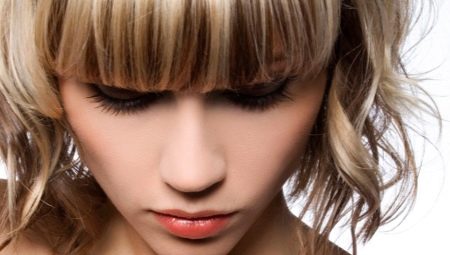You can change the image, give it expressiveness, freshness, youth with the help of various manipulations with the hair. One of the most common methods is staining. However, today it is absolutely optional to repaint cardinally hair. You can add a touch of brightness using highlighting. Previously, this procedure consisted in cardinal clarification of individual strands, modern technologies allow you to allocate curls in a less aggressive way.
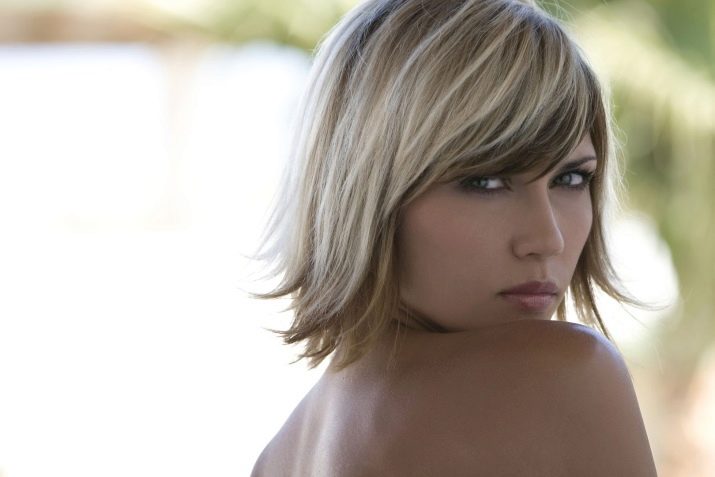
Highlighting today corresponds to the main fashion principles - naturalness and naturalness, and its biggest plus is that the roots remain unchanged, which means they are not exposed to paint.
Kinds
Before you go to a beauty salon, you should find out all the advantages and disadvantages of highlighting. Among the advantages, stylists distinguish:
Less than one third of the strands undergo lightening, so the dye does not affect most of the time
gives visual volume;
modern technologies allow you to create a natural look with the help of highlighting;
easily hides gray hair;
does not require frequent correction, since the roots grow imperceptibly;
the procedure is inexpensive in comparison with multicolor staining;
Suitable for any hair length, looks great with bangs.
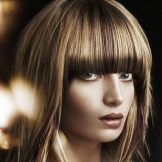
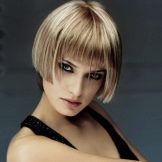

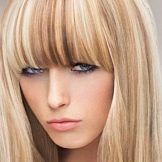
There are also disadvantages that must be taken into account so as not to harm the strands:
it is very difficult to do it yourself, so you need to visit a salon or develop a certain skill;
contraindicated to those who did perm;
owners of thin, unhealthy strands should be avoided;
in the presence of dandruff, seborrheic phenomena, the procedure is not performed;
possible allergy to oxygen;
very curly locks are not highlighted.

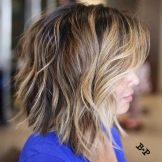
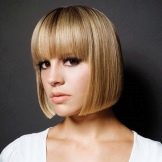

If you are ready for the procedure, it is worth deciding on the type of highlighting. Classic involves lightening along the entire length with subsequent tinting. In addition to the classics, there are:
Venetian highlighting, in which the strands look naturally burnt out in the sun;
French - curls lighten white without adding pigment, suitable for light and blond strands;
American - performed in a contrasting way: light locks on dark hair;
Brazilian - as natural as possible, this effect is obtained by combining different light shades;
veil - very thin locks are painted, barely perceptible, transparent;
European - you also get the impression of strands burnt out in the sun, the paint dries in the open air;
diagonal - with it, lightening paint is applied at an angle;
combined highlighting with stretching light tones.
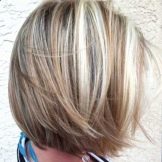
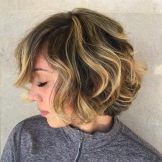
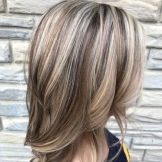
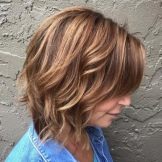
Dark and black strands are best subjected to European and Venetian highlighting. Curls for painting are selected thin, in a chaotic manner. It is very important to choose the right shade for lightening. As a rule, it is honey, copper, wheat. Brown hair can be dyed in the French, American way, with a veil. Here the palette can be cool, snow-white.
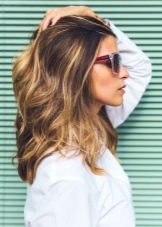
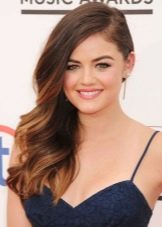
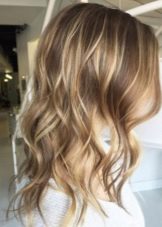

Separately, stylists identify ways of coloring bangs during highlighting. They depend on which method is chosen for the total mass of hair and the structure of the strands themselves. Straight and thick bangs will be good in American lightening. Torn, graded, thin bangs are an excellent background for Brazilian and Venetian. In general, hairdressers agree that it is necessary to highlight bangs. But keep in mind that it bangs grows faster than a haircut, so you will have to adjust it more often.
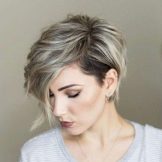

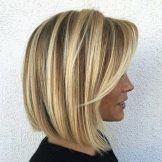

Color selection
Fashion trends of recent years advocate for naturalness, so if there is no desire to shock others, it is better to choose shades that are close to the natural scale. The choice of brightening shade, as a rule, depends on the initial color of the strands.
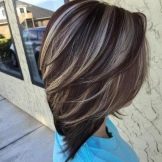
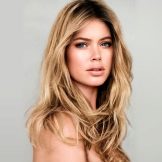
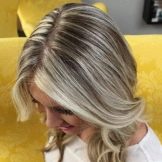

Highlighting on light curls suggests the creation of a feminine, delicate image. In any case, it’s better for the blondes to refuse intense shades, they look too defiant. A great way to refresh the image is to lighten individual strands in several tones, this will not violate the naturalness of the composition.
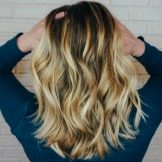
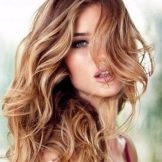

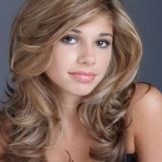
The highlighting with the use of several tones looks spectacular. The main rule of blondes is cold types, for example, with ashen hair - excellent background for cool shades, golden - for warm.
On brown hair
This is one of the most relevant shades of recent seasons, blondes are actively repainted in light brown color to meet current trends. It is enough for the fair-haired to refresh the image with light highlighting, and the universality of their natural pigment makes it possible to lighten strands for a different number of tones.
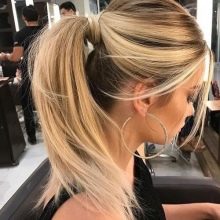
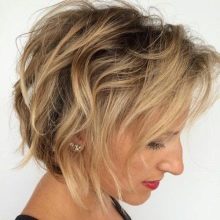
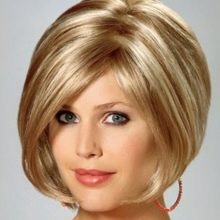
On the dark painted
Most often these are brown, chestnut tones of different saturation. The highlighted strands perfectly accentuate them. It is very important to observe the measure in contrast, since the unnatural transition will look inharmonious. Stylists recommend the American type of highlighting for this type of strands and consult a specialist, since the behavior of colored strands can be unpredictable.
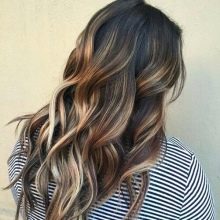
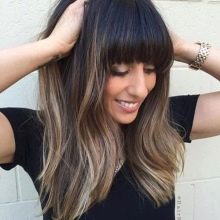
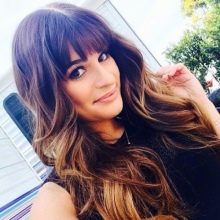
On black
This type of hair is also not recommended to be highlighted on your own, if there is no corresponding skill. It is black locks that are most moody in terms of highlighting. An incorrectly chosen shade can create a scruffy, groomed impression, especially since it is necessary to carefully consider the size and location of the colored curls. Highlighting black short hair with an oblique bang looks spectacular.

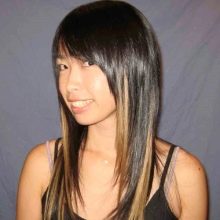
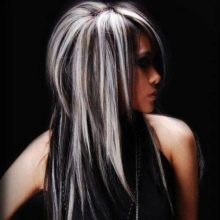
On red
This background itself is quite bright, but it can be luxuriously emphasized, add volume and expressiveness with highlighting. The palette is perhaps the richest for redheads. The faded light locks look great.

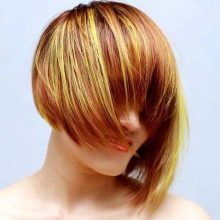

Staining technology
Depending on how long your strands are, the technique of applying paint differs. Much also depends on the haircut. Complex multilayer species such as cascade, aurora, it is better to highlight with a specialist. To correctly color short, long strands and medium-length hair, it is necessary to take into account the features of the technology:
short black strands up to 15 cm are highlighted with a hat;
medium strands in the area of the shoulder line and below are painted using foil;
long and thick strands are painted in 2 stages - at the beginning, the occipital strands are highlighted, washed off, then proceed to the upper zone;
techniques with smooth transitions look equally good on both straight and wavy strands;
pure highlighting is best done on straight lines;
if the haircut is short, highlighting of a partial type looks good;
apply pigment to a rare-tooth comb, comb the strands along the entire length - this is a very simple way of highlighting for any length;
curly locks are highlighted only with gloved hands without tools.
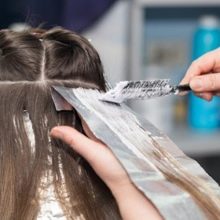
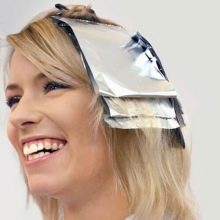
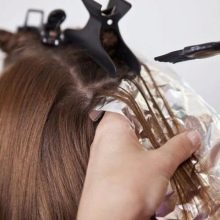
Self-highlighting strands is a rather risky event if you do not have any hairdressing experience. However, if you study the technology and prepare, the risk is justified. It is necessary to prepare:
clarifier, oxidizer, depending on the source color of the strands, but not more than 9%;
pigment of the selected shade;
mixing container made of glass material or plastic, metal is not acceptable;
sponge, brush;
towel;
clothes that are not a pity, or a cape;
clips, hair clips, comb;
foil, hat - as needed.
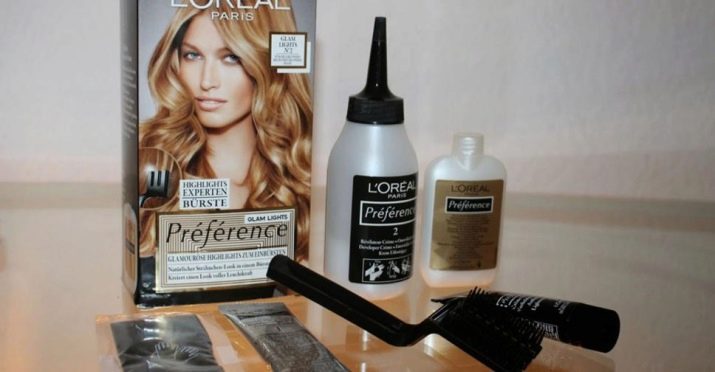
Regardless of the length of the hair and the chosen pigment, the strands should be washed no later than 2 days before the procedure, in addition, conduct an allergenicity test in advance.
Execution algorithm:
comb dry strands;
if we highlight with a hat, put on, fix, if with foil - divide the strands into zones, they should be at least 4 and not more than 8, fix;
put on a protective cape;
we prepare the composition according to the instructions;
when highlighting with a hat, we stretch the strands, apply the composition from the toe to the back of the head, stain, cover the strands with a hat or bag;
if you use foil, begin to dye the strands from the back of the head, dissolving the curl, separating it and staining it in a checkerboard pattern;
on the matte side of the foil, apply a clarifier, lay a strand and bend it under the root zone, paint over the entire length from tip to root, wrap it like an envelope, cover it with another strip of foil, fix it;
after having withstood the necessary time, remove the polyethylene and foil, rinse off the paint, be sure to use balm when rinsing;
Use tinted tint.
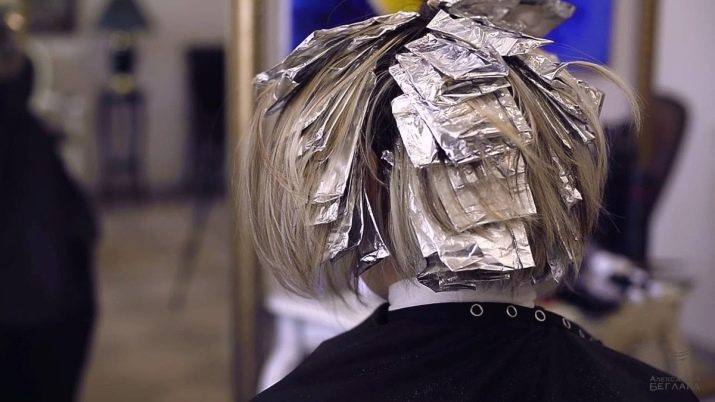
Possible errors and their correction
Unfortunately, lack of experience can lead to various errors:
incorrectly made coloring composition, proportions not observed;
technology is disturbed;
the composition is overexposed on the strands;
oxygen is too aggressive;
the size of the colored strands is incorrectly selected - wide or narrow;
uneven application.
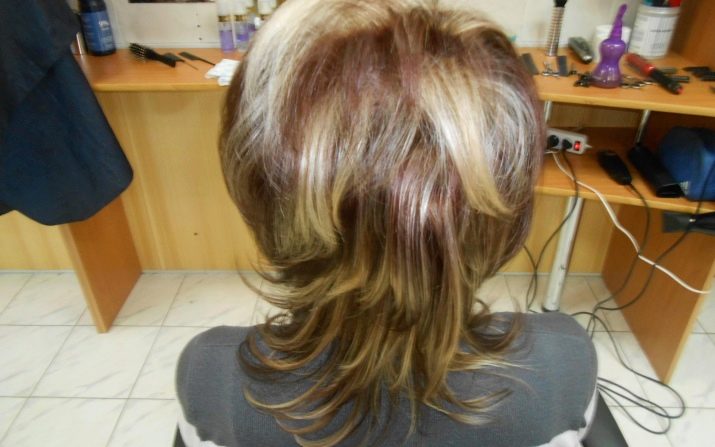
Of course, the ability to correct errors depends on the cause. If possible, you can go to a beauty salon and entrust it to a specialist. If this is not possible, then you can fix everything yourself. At home, you can carry out the following events:
insufficiently stained curls are corrected by repeated staining, in which the composition is applied only to those areas where it is necessary;
You can remove the yellowness by adjusting the tinting with blue and violet hues.
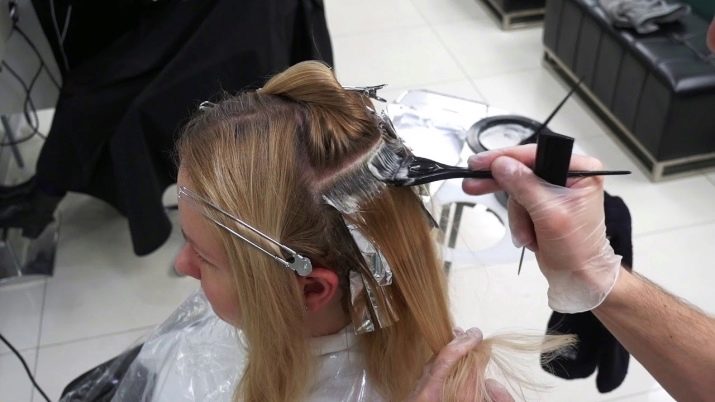
It is not necessary to color the highlighting in monochrome, since the areas that are clarified unsuccessfully will still stand out.
Care
After the dyeing procedure, streaked strands need additional care, even if the dye composition is as gentle as possible. To do this:
purchase shampoo for colored strands;
balm is applied every 7 days;
masks are used every three days;
periodically, it is possible to conduct treatment courses with serums, decoctions of herbs, other reducing agents;
fluids that do not require flushing can be used.

Regularly visit the hairdresser and do not allow the ends to cut, do not use metal combs. Minimize the use of hot hair dryers, trowels, and irons. Protect strands from ultraviolet radiation, low-quality water. Exclude chemical waving after the highlighting procedure, and it is better to postpone staining for at least 30 days.
Good examples
Beautiful highlighting on dark hair can be very natural. To do this, it is enough to choose natural shades that are suitable in temperature to the natural range.
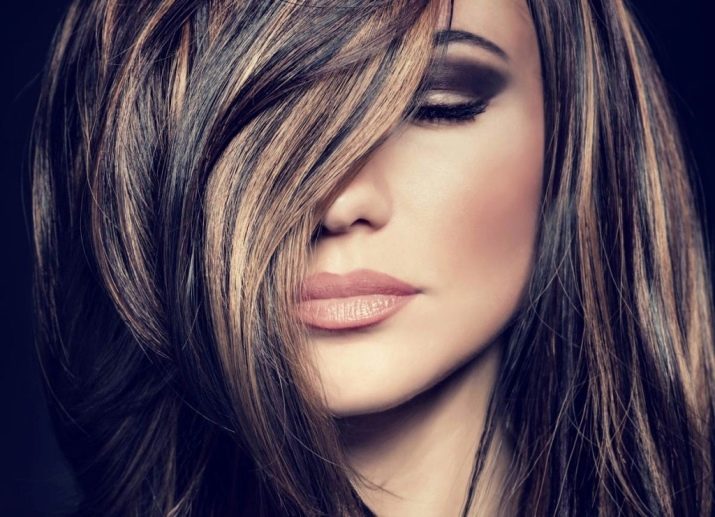
Spectacular straightening lightening can give a new life to any female hairstyle.
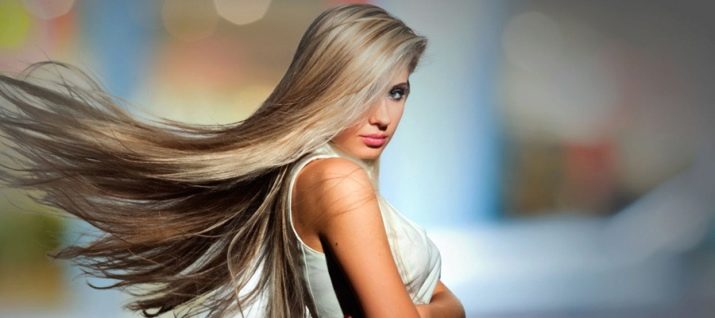
Contrasting hair looks luxurious against a dark long hairstyle.
Regardless of the original color and haircut, the bangs should be dyed in a general style.
A great way to refresh the image is to lighten part of the hair on the face.
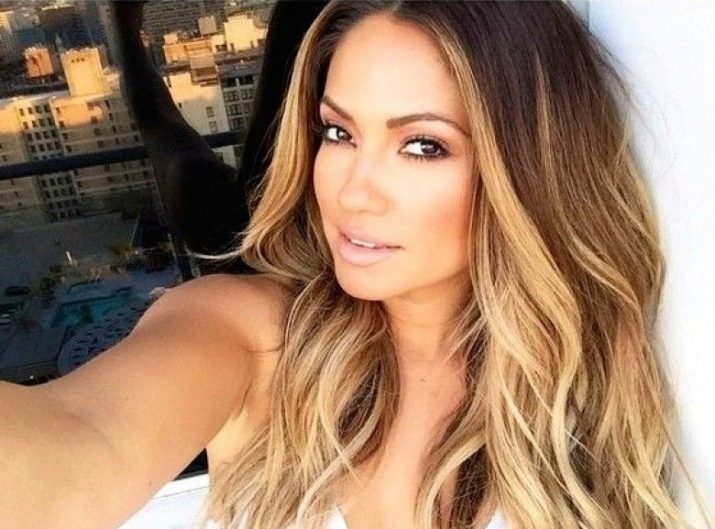
Highlighting on red hair can be very diverse. Such a stain looks very impressive on curled curls.
How to do hair highlighting, you will learn from the video below.
